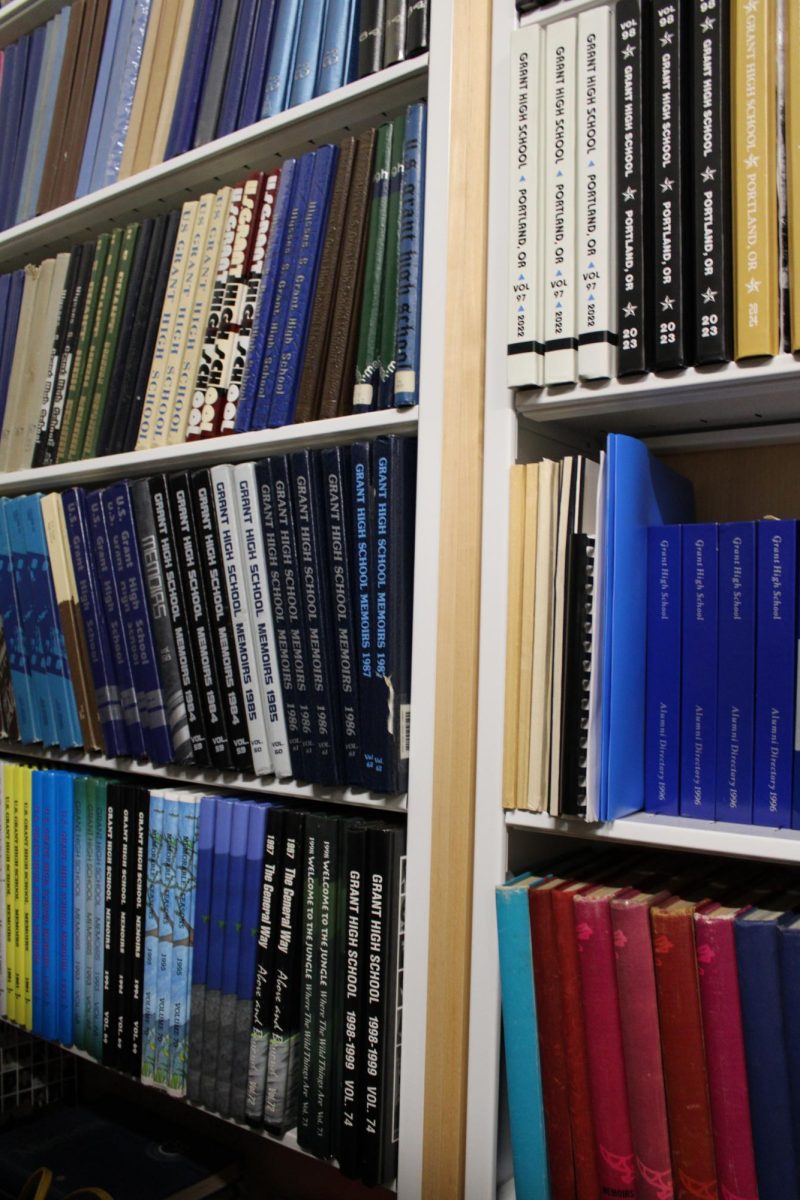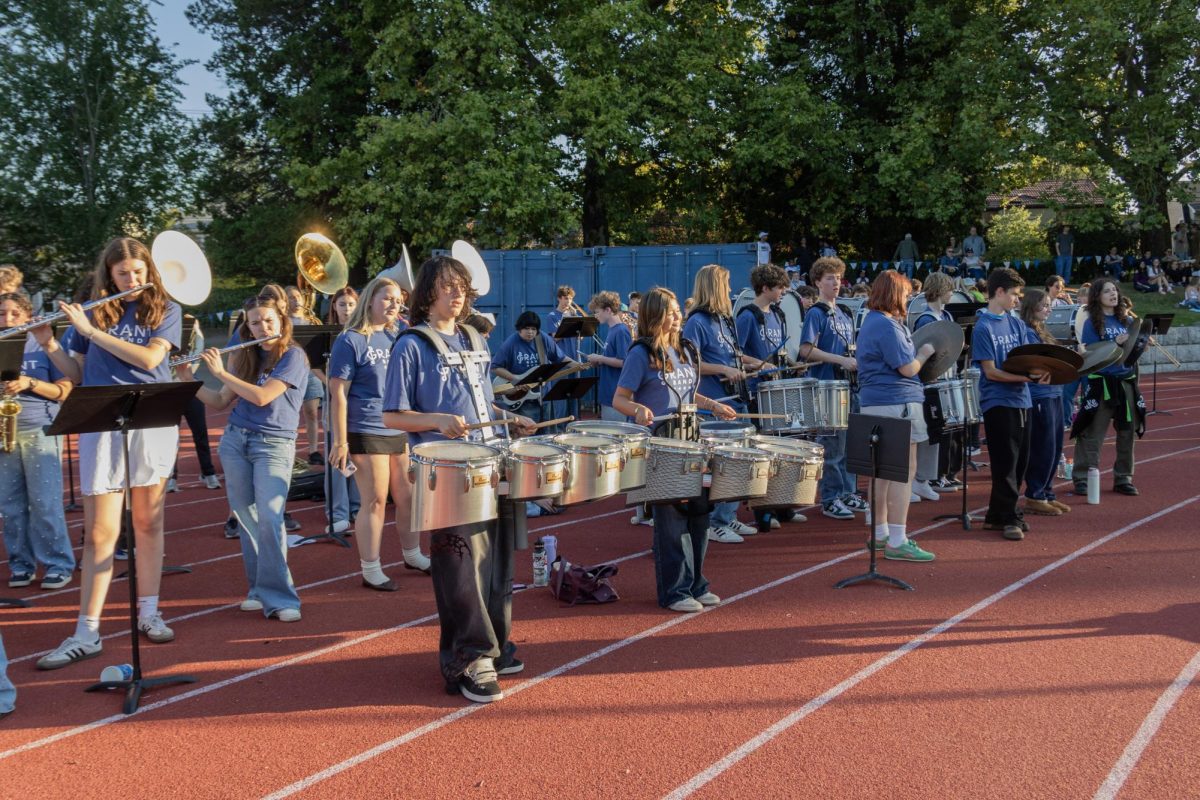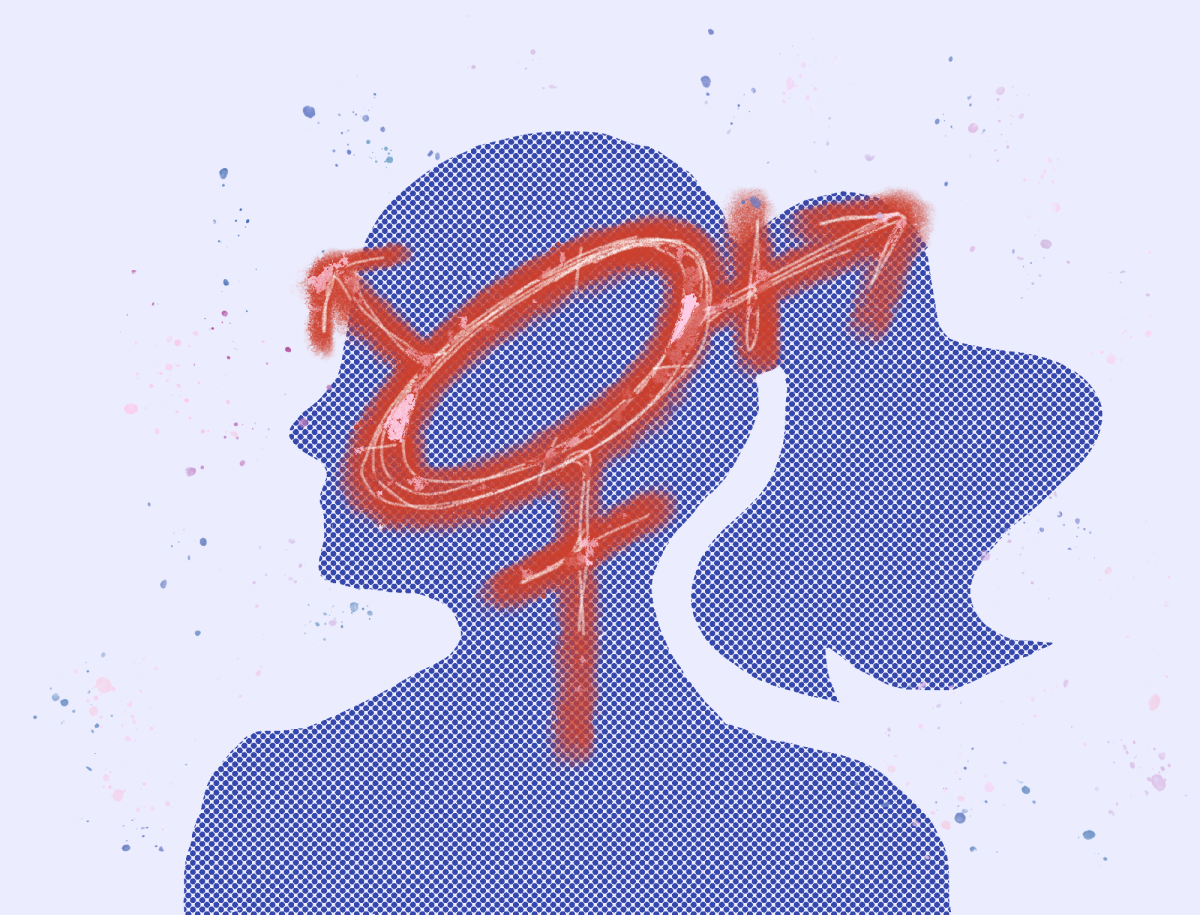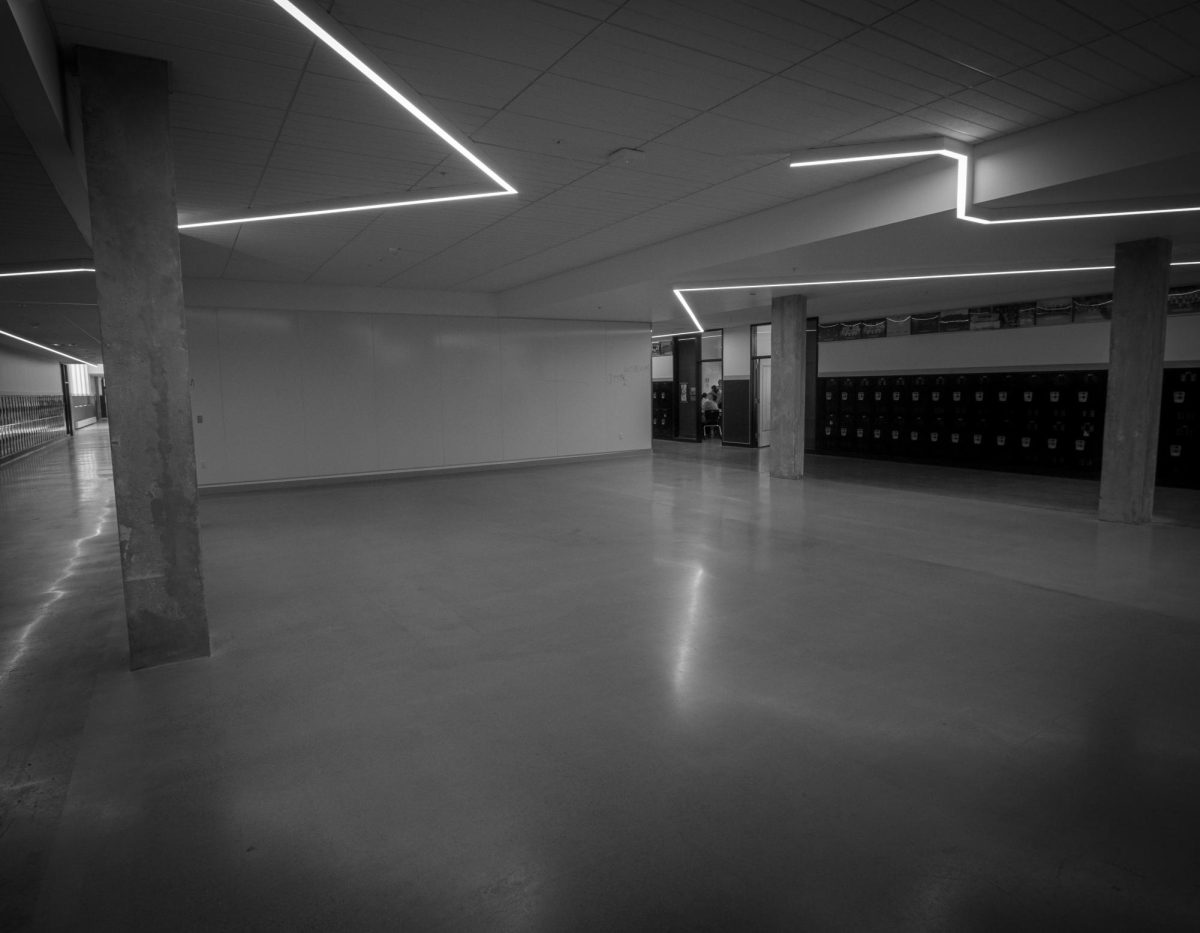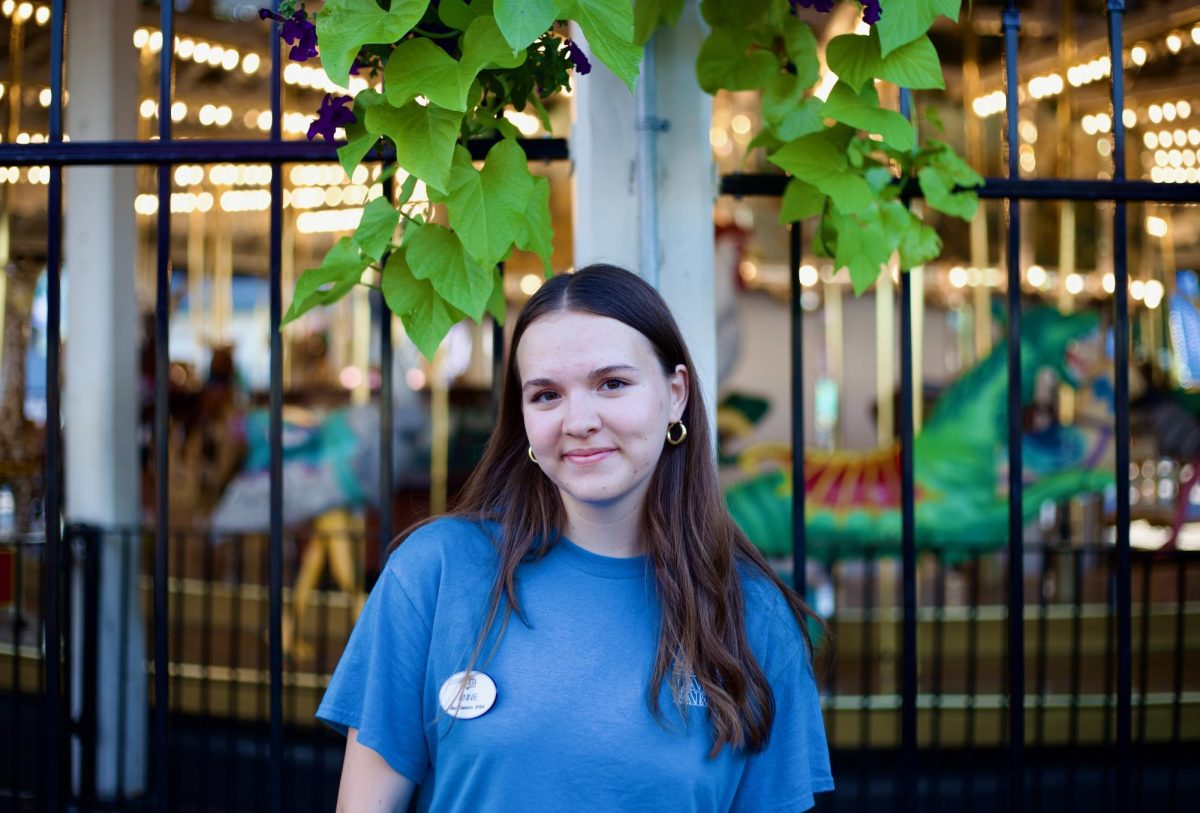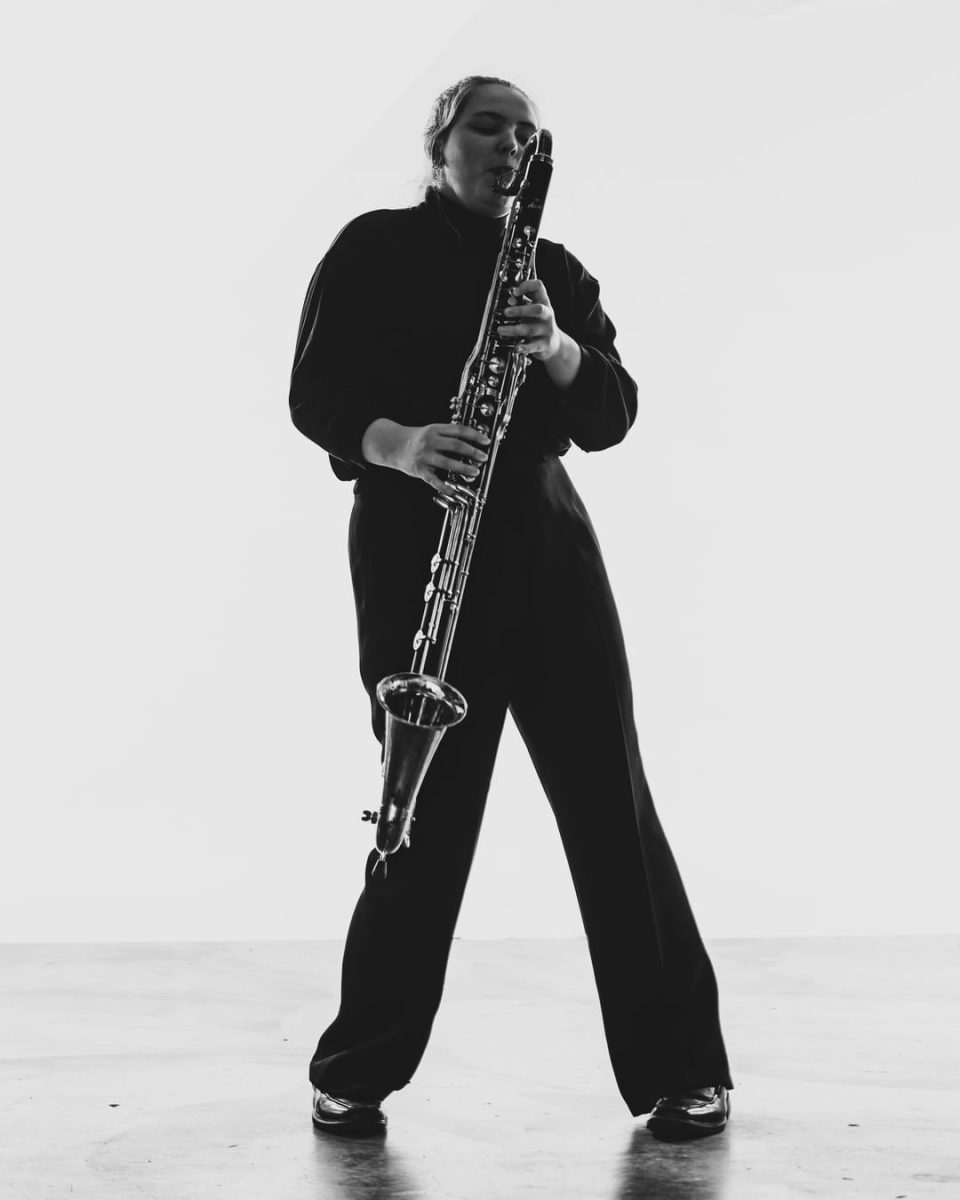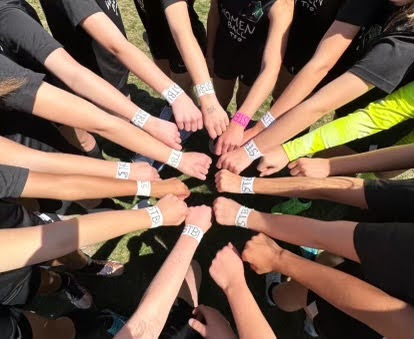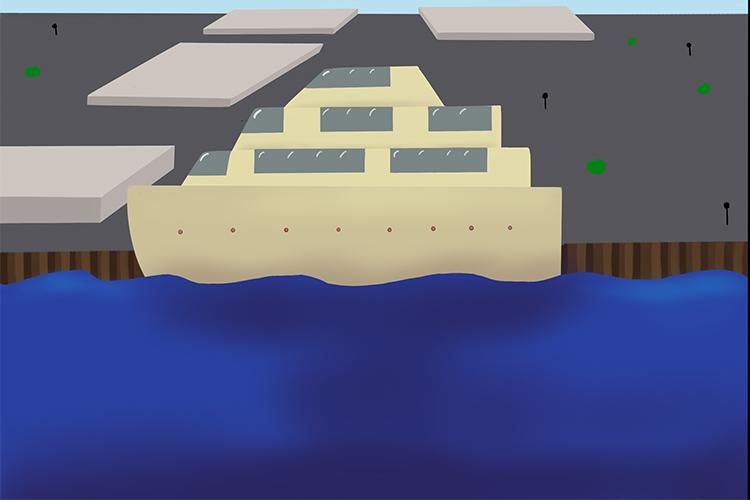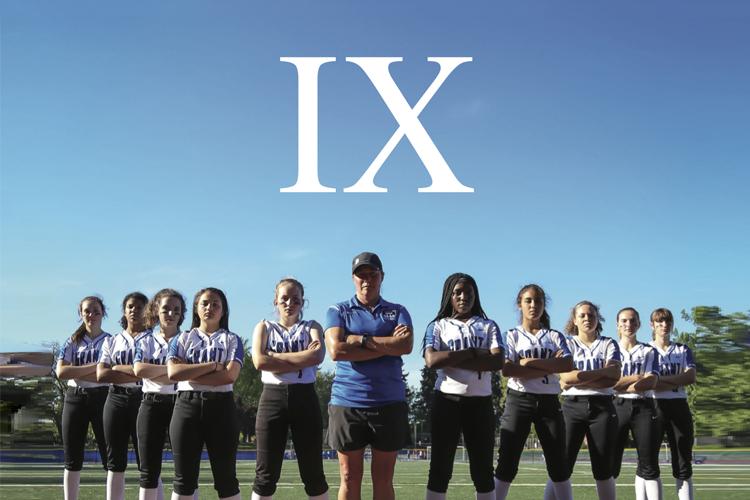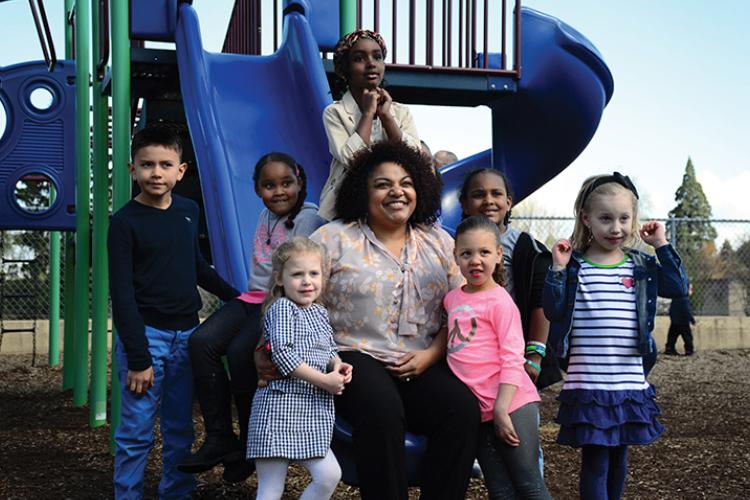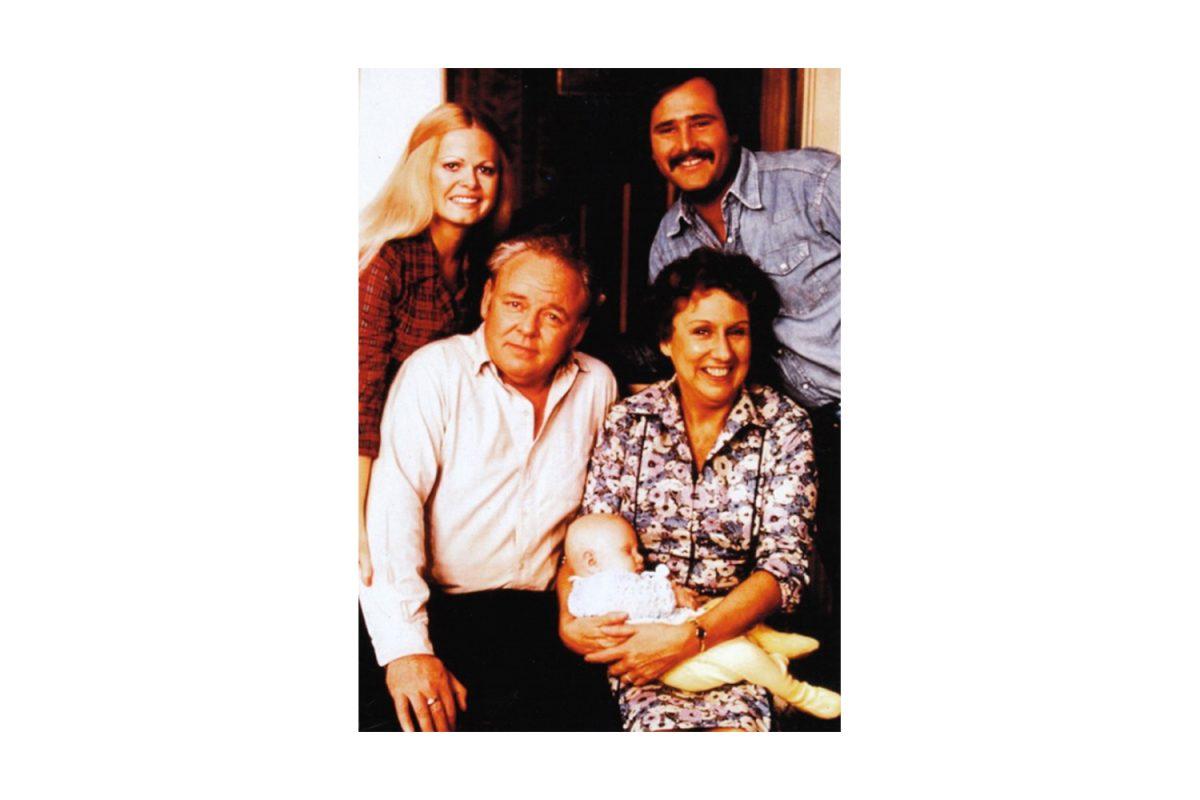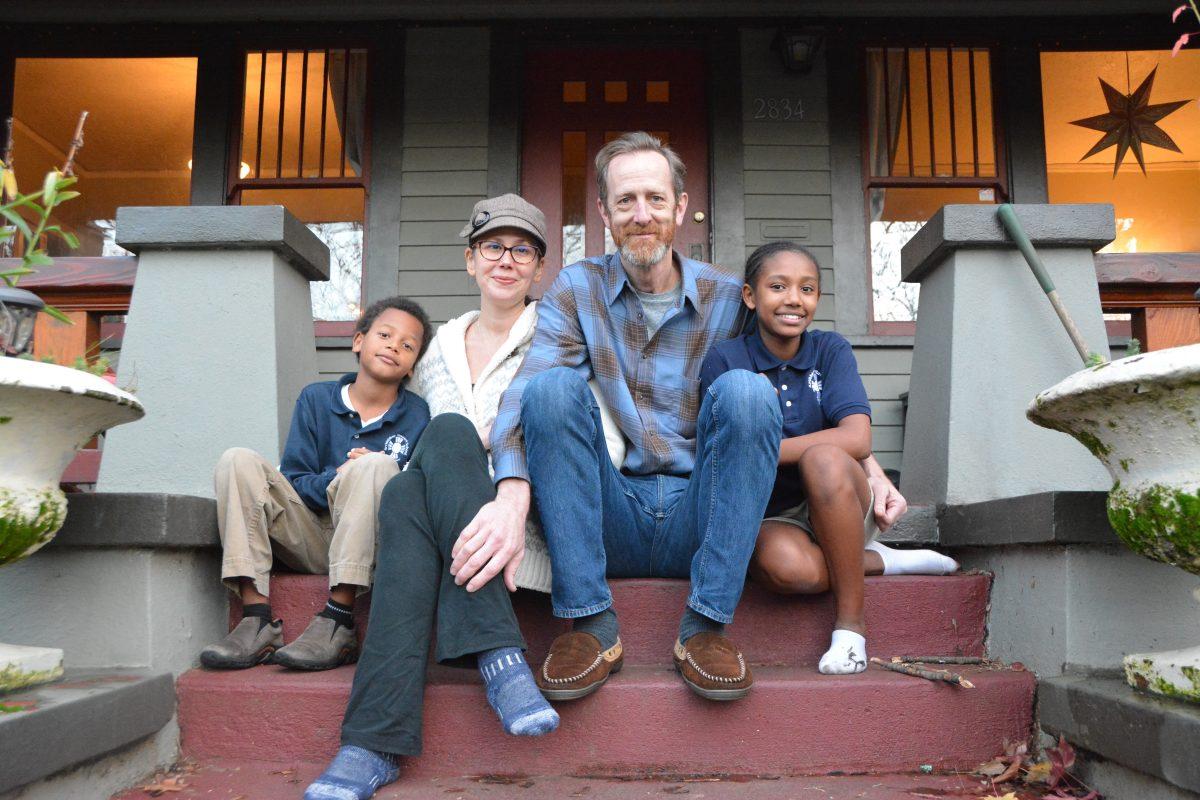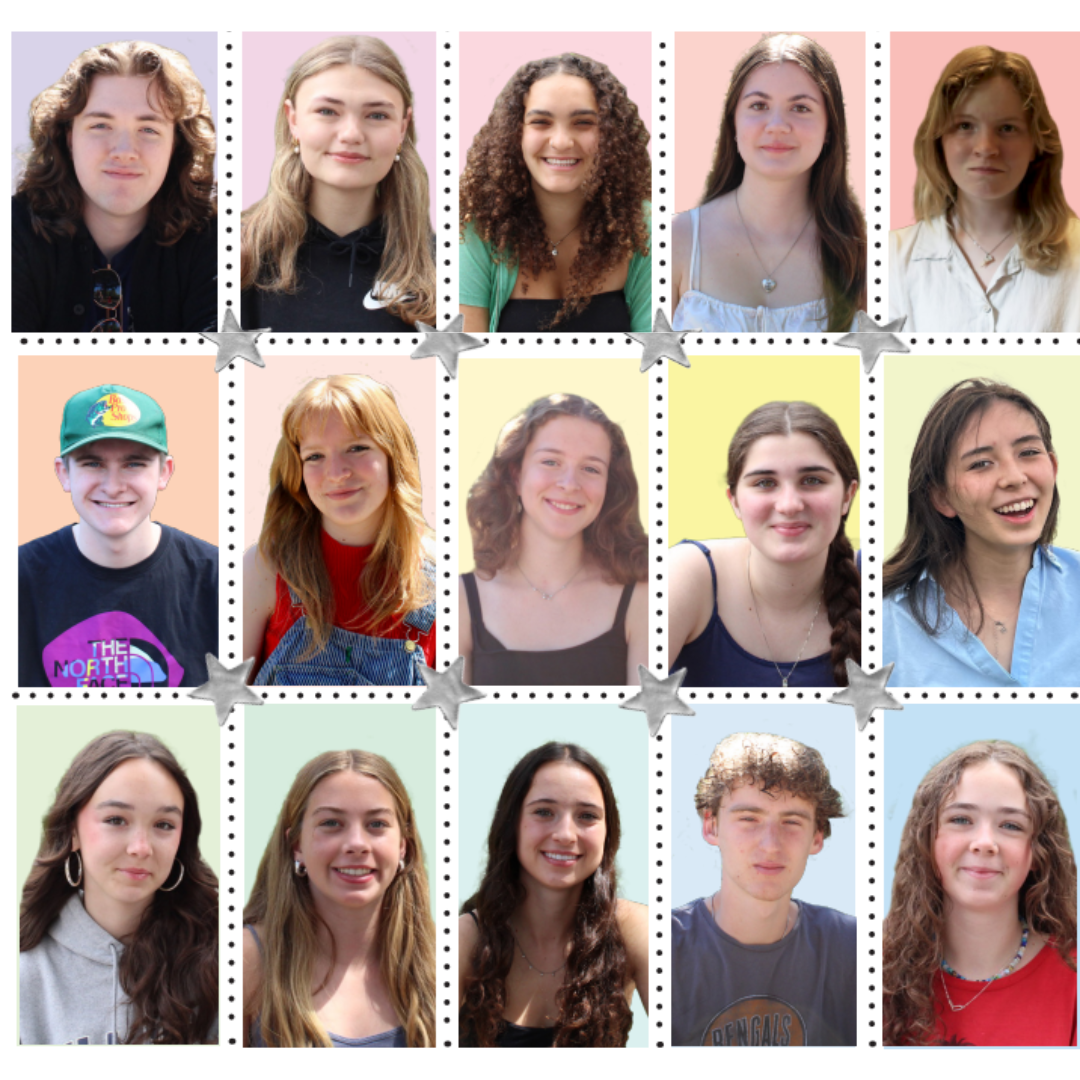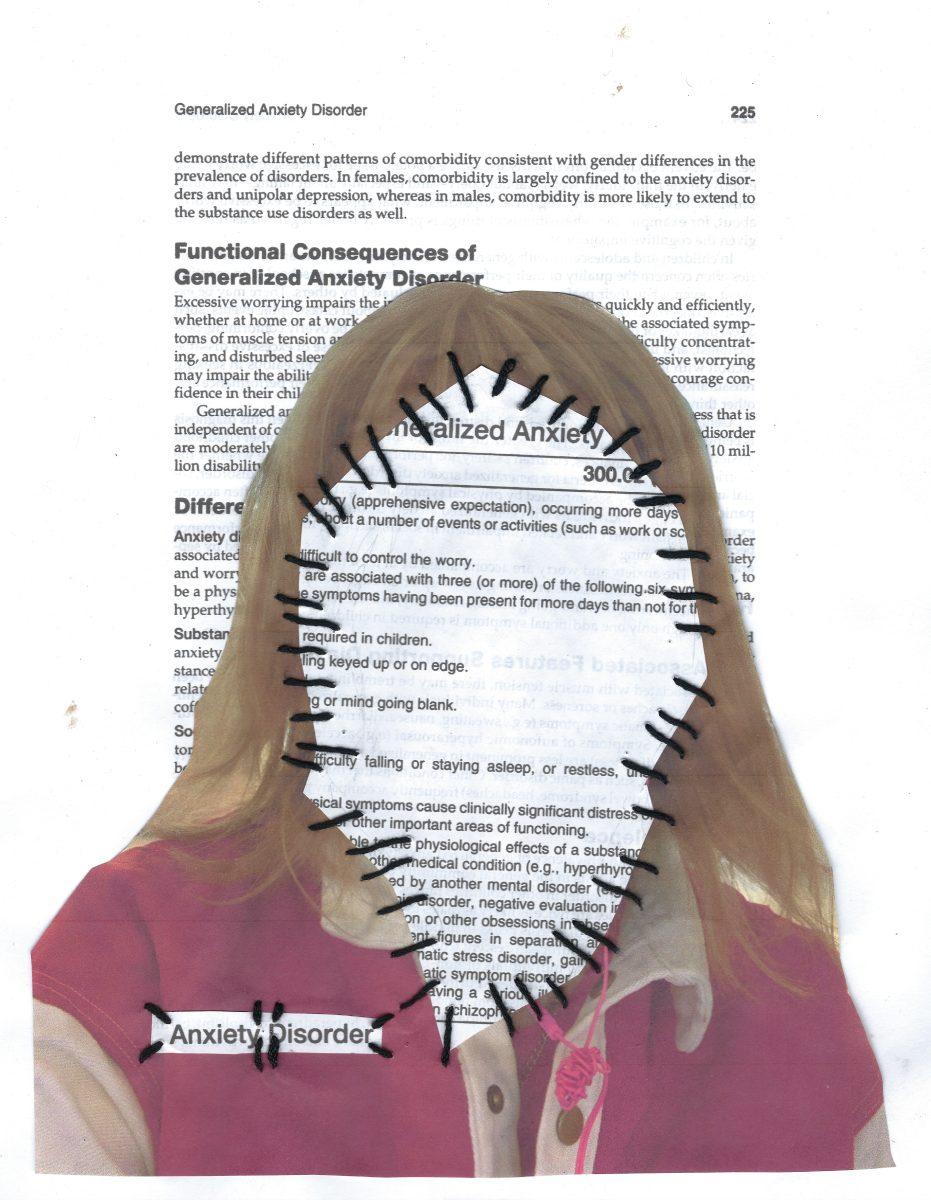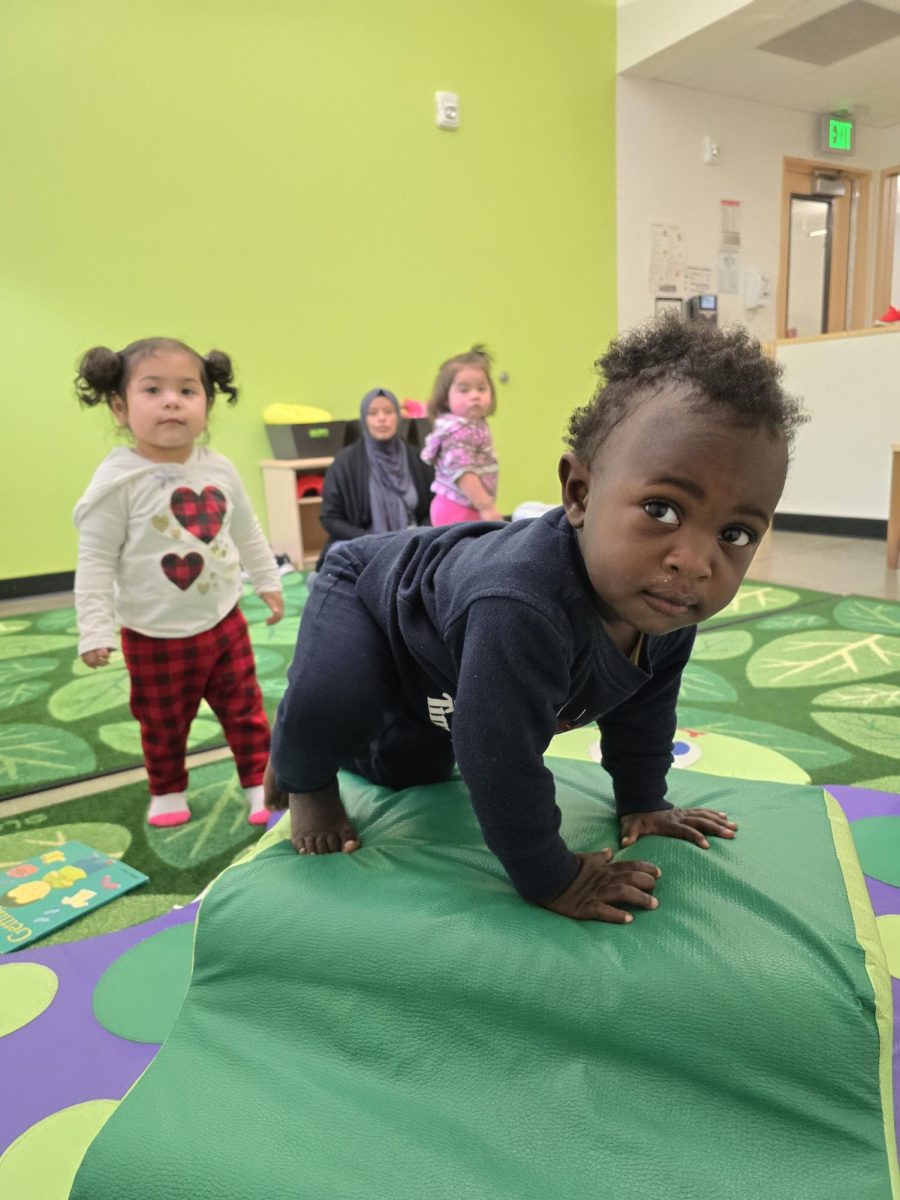“Working with the kids,” says Melissa Alvarez, “keeps me going. I know it keeps my coworkers going … You’re proud of that kid when they’re learning.”
Alvarez works as a teacher’s assistant at Albina Early Head Start, a Portland, Oregon-based organization that belongs to a nationwide comprehensive childhood development program called Head Start. Established in 1965 as part of former President Lyndon B. Johnson’s War on Poverty, Head Start provides free preschool for children up to five years old. However, the program’s most defining factor is the comprehensive support it offers low-income and historically marginalized families.
“(Head Start) helps support child, early childhood, development in kids who are from low income families,” says Albina Early Head Start teacher Karla Romero. “Here we just try to give them the opportunity to have accessible childcare that is also supplemented with activities and a curriculum that helps further support their development.”
Across the nation, Early Head Start programs provide services for students 15 months to three years of age. Subsequent Head Start programs serve students ages three to five. In addition to schooling, Head Start programs provide annual at-home visits, free at-school meal services and free (physical, emotional and speech) therapy, among other services.
A partnership between Albina Early Head Start and Portland Public Schools allows Grant High School to house an Early Head Start in the basement of its arts building. But why would an overcrowded school give a childcare program such valuable space? Grant’s Albina Early Head Start program had a special function: It was originally intended to serve teenage parents.
“This is why (some Head Start) classes are inside the high schools … (They give) the possibility to the kid, to the students, to continue studying and continuing their main goals and helping them to keep going on track,” says Glenda Hernandez, the head teacher of Albina’s Grant location.
While Albina Head Start does not currently serve any teen parents, spots are always available if the need arises.
At Albina, the main goal is to teach kids the necessary soft skills to prepare them for educational success at Head Start and beyond. “You make the base to jump (to) the next step that is Head Start. And then they’re going to be ready … for being around other kids in the community,” says Hernandez.
However, many students are emerging from the COVID-19 pandemic — a time they spent isolated and at home — with behavioral and attachment difficulties.
In order to get students up to speed, the first two to three months of the school year are dedicated towards building students’ social skills. Hernandez says, “We start working with groups, interacting more with them, verbalizing more with them and encourage them to to use the words besides … screaming or fighting.”
However, students’ learning must extend outside of the classroom to be effective. “In this kind of family, in the low-income family, the social skills (are) hard for them,” says Hernandez; working parents are often unable to spend extensive quality time with their kids.
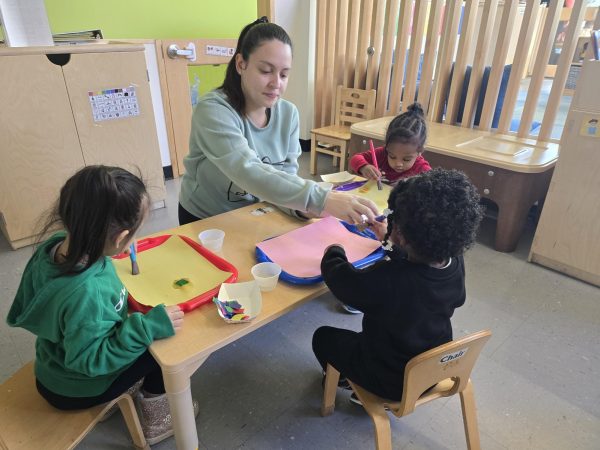
Albina teachers have noticed that parents commonly use technology as a means to calm their child’s disorderly behavior. Yet this does not help improve the children’s social skills. Instead, it can stunt their growth and development.
During triannual at-home visits where staff members assess families’ home environment and progress on their learning goals, teachers can show parents simple activities to do at home with their children to reduce screen time and boost healthy communication. “Sometimes we have to educate both the parents and the kids,” says Hernandez. “We need to teach the parents how to go there and calm them and handle the situation and after that you can see a difference.”
Albina staff hope to show parents that frequent interaction with their children can build vocabulary, confidence and manage outbursts in ways technology can not.
Independence, another skill necessary for success in Head Start, is taught throughout the year. Students learn to serve their own meals and milk, throw away their trash, clean up after themselves and more. “We don’t clean, they clean,” says Hernandez. “You make a mess, you clean up; this is one of the social and basic skills that we’re making here.”
For the remaining school year, Albina Early Head Start uses a set main curriculum. Composed of five measures with corresponding subunits, the program teaches basic math, literary, physical and cognitive skills.
Albina Early Head Start also caters to each students’ needs and interests. Called an open curriculum, the program’s lesson plans are more focused on what students are ready and willing to learn. For example, if a student is curious about dinosaurs, the teachers will create specifically dinosaur-related lessons.
In addition to full-day childcare, Head Start is often able to provide basic needs for participating families. Free mental health resources, speech therapy and physical therapy are provided through the program. Family advocates and staff members also work with students beyond the classroom by connecting them with food banks, affordable healthcare and other resources.
As a parent with a child in Albina, Alvarez notes that support can differ greatly among the family advocates. “I got a not-so-good family advocate (last year) and I needed help and I didn’t get the help and resources that I needed,” she says. However, Alvarez’s family advocate is better this year, and they helped her pay an electricity bill: “She gave me the time to call and they sent me texts, like ‘Oh, this is the phone number that you should call. Call on this day and on this day and see if they can help you get an appointment.’ And that I really appreciate.”
Following the COVID-19 pandemic, Albina Head Start has had trouble maintaining a full staff. “There’s a whole bunch of kids in the program right now. And it’s very difficult to balance that,” says Alvarez.
Much of the training Albina teachers and teacher’s assistants receive is through online courses, which don’t fully prepare them for the specific needs a child may have, especially students with special needs. “In my center where I work at,” says Alvarez, “they put in six special needs kids in one classroom. And of course we knew there wasn’t gonna be a good outcome.”
Placing that many special education students in one classroom, Alvarez argues, not only overwhelms the understaffed teachers, but deprives the young students of the one-on-one attention they deserve.
Head Start teachers also face struggles outside of the classroom. On March 2, 2024, the Associated Press reported that Head Start teachers, 70% of whom hold a bachelor’s degree, earn an average of $39,000 per year. In comparison, K-12 educators in PPS with a bachelor’s degree earn a starting salary of $50,020. While above the poverty line of $15,060, this salary does not provide financial security.
Despite these challenges, staff at Albina are able to see the tangible impacts their work has had on Early Head Start students and their families.
“I think the best thing is probably just seeing them grow,” says Romero. “I had one child that came in and she was having a really hard time getting dropped off. And she was very limited in her verbal communication and also her motor skills, and the mom is super surprised at how well she’s doing now because she’s able to jump with both feet off the ground and is able to … use two- to three-word phrases.”
Even small steps for students can be one of the most rewarding things about the Albina Early Head Start teachers’ jobs.
Drawing from her own experience as a former Albina Head Start Parent, Hernandez says, “You can see when they start, how they are starting, and you can see when they leave your class, how different they are. And how you can change their life at home, too.”

